Cigar Review: Bandolero Traviesos
29 Jan 2018
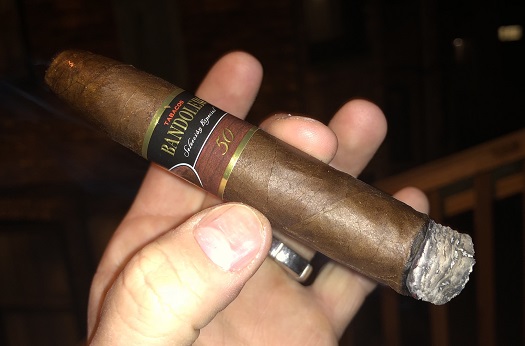
Havana-born Nelson Alfonso is the graphic designer behind Selected Tobacco, an ultra-premium outfit that produces cigars under the Atabey, Byron, and Bandolero brands. Even if you’re unfamiliar with these cigars, you’ve almost certainly appreciated Alfonso’s work; his firm, Golden Age Visual Developers, has contributed to the packaging and design of many iconic Cuban brands, including Behike (which explains why Atabey looks so Behike-esque).
 Bandolero is handmade in Costa Rica with an undisclosed blend. Here’s the origin of the Bandolero name from United Cigar (Selected Tobacco’s distributor in the U.S.): “Between 1717 and 1817, the Spanish Crown prohibited cigar production in the Caribbean and the rest of the American colonies, and although its precious leaves continued growing on the other side of the ocean, the ‘puro’ cigar rolling that we all know today could only be done at the Sevilla Royal Factory [in Spain]… [This] led to the rising prices of tobacco and the birth of the bandolero, an intrepid figure that hid on mysterious roads with tobacco leaves rolled in other countries…â€
Bandolero is handmade in Costa Rica with an undisclosed blend. Here’s the origin of the Bandolero name from United Cigar (Selected Tobacco’s distributor in the U.S.): “Between 1717 and 1817, the Spanish Crown prohibited cigar production in the Caribbean and the rest of the American colonies, and although its precious leaves continued growing on the other side of the ocean, the ‘puro’ cigar rolling that we all know today could only be done at the Sevilla Royal Factory [in Spain]… [This] led to the rising prices of tobacco and the birth of the bandolero, an intrepid figure that hid on mysterious roads with tobacco leaves rolled in other countries…â€
The Bandolero Traviesos has the dimensions of a standard robusto (5 x 50), but it actually smokes more like a shorter, stouter cigar given its long torpedo cap. It retails for $12 for a single. The cigar has a dark, mahogany-colored wrapper with moderate tooth and ample oils. The seams are tight and the veins are thin. Once the well-executed torpedo cap is clipped, I find a smooth cold draw. At the foot, the pre-light notes remind me of molasses.
After setting an even light with a couple wooden matches, a woodsy, slightly spicy, medium-bodied profile emerges with flavors ranging from cedar and espresso to black cherry and cocoa powder. The overall first impression is one of harmony, depth, and smoothness of delivery.
As the Traviesos progresses, the flavors remain fairly consistent, save for a cayenne-like heat that comes and goes at will, as well as the introduction of a taste I can only describe as natural tobacco. At times, there’s a roasted peanut flavor that’s borderline brilliant—but it’s very fleeting.
While the ash holds well and the draw is clear throughout, the burn line leaves something to be desired. I didn’t have to perform any touch-ups along the way, but I certainly thought about using my flame to correct the wavy burn a few times. The smoke production is about average.
Of the Bravos size (5.25 x 52), I wrote the following in May 2015: “Given the cost, I was hoping for a memorable, complex experience that would make me reach for this cigar to celebrate special occasions. The Bandolero Bravos falls a little short of those lofty expectations. While I enjoy the flavors, I think the complexity isn’t quite there, and that results in a rating of three and a half stogies out of five.â€
My experience might have been a little different with the Traviesos, but my conclusions are identical. I award this cigar three and a half stogies out of five.

[To read more StogieGuys.com cigar reviews, please click here.]
photo credit: Stogie Guys

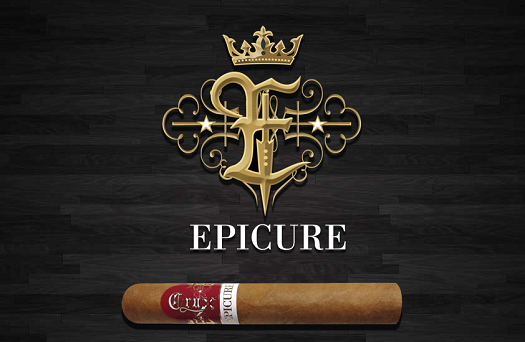


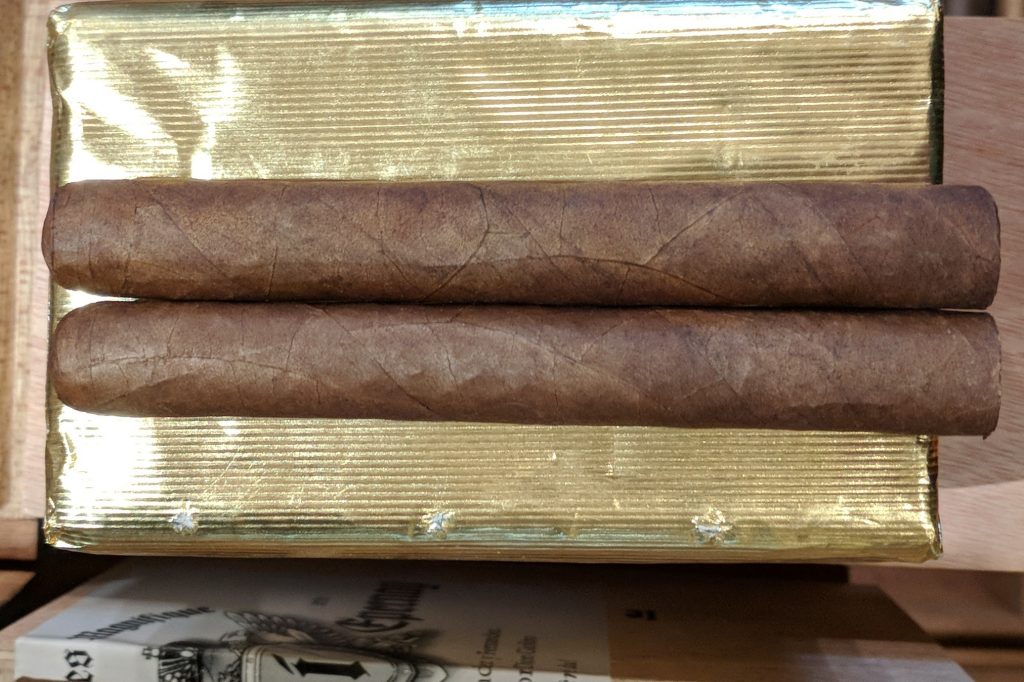


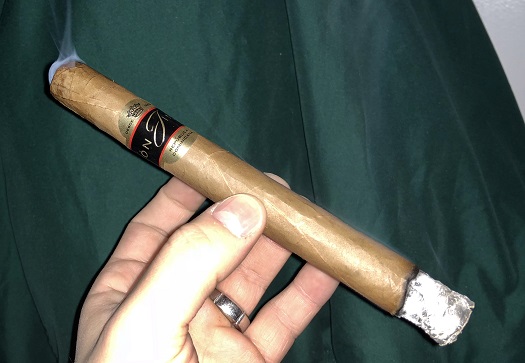
 La Aurora honored Eduardo León Jimenes and his brother, Herminio León Jimenes (the man who “kept alive the family legacy and tradition when Eduardo died in 1937â€) with a cigar brand called León Jimenes. While the line has been around for decades, you could be forgiven if it’s unfamiliar to you. The Connecticut-wrapped blend has enjoyed much better sales in the international market, where smokers, generally speaking, tend to prefer milder smokes.
La Aurora honored Eduardo León Jimenes and his brother, Herminio León Jimenes (the man who “kept alive the family legacy and tradition when Eduardo died in 1937â€) with a cigar brand called León Jimenes. While the line has been around for decades, you could be forgiven if it’s unfamiliar to you. The Connecticut-wrapped blend has enjoyed much better sales in the international market, where smokers, generally speaking, tend to prefer milder smokes.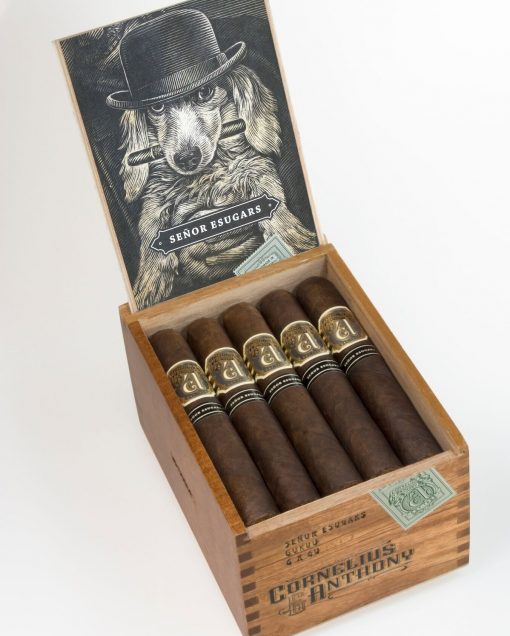
 I’m not, however, a fan of Mexican San Andrés tobacco, the leaf used as wrapper on the Señor Esugars line. But there have been a few cigars with San Andrés in the blend that I’ve enjoyed, usually because they haven’t had what I think of as the tobacco’s typical taste.
I’m not, however, a fan of Mexican San Andrés tobacco, the leaf used as wrapper on the Señor Esugars line. But there have been a few cigars with San Andrés in the blend that I’ve enjoyed, usually because they haven’t had what I think of as the tobacco’s typical taste.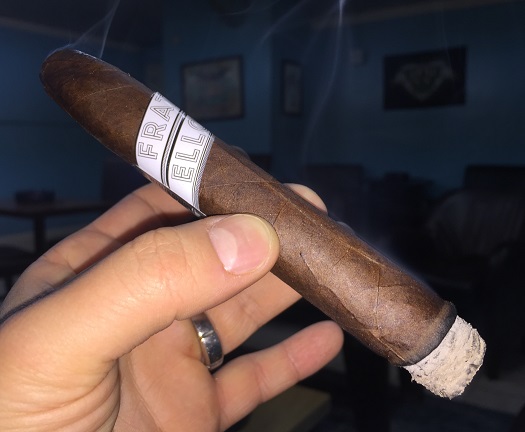
 Made at the Joya de Nicaragua factory in EstelÃ, Nicaragua, Navetta sports an Ecuadorian Oscuro wrapper. It began shipping in September in four introductory formats ranging in price from $10.50 to $12.50: Discovery (5 x 50), Endeavor (6.25 x 54), Enterprise (6 x 60), and Atlantis (6.25 x 52).
Made at the Joya de Nicaragua factory in EstelÃ, Nicaragua, Navetta sports an Ecuadorian Oscuro wrapper. It began shipping in September in four introductory formats ranging in price from $10.50 to $12.50: Discovery (5 x 50), Endeavor (6.25 x 54), Enterprise (6 x 60), and Atlantis (6.25 x 52).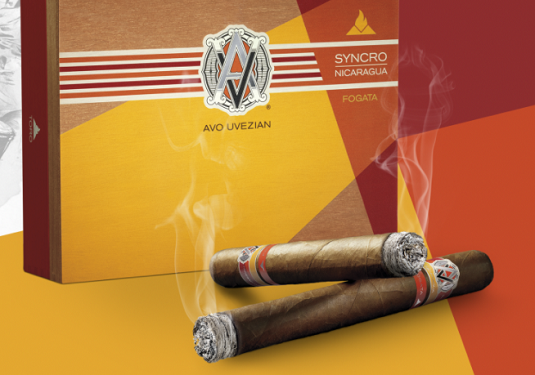
 It doesn’t. In fact, in a statement when the cigar was released last year, Avo Uvezian said an outdoor fire (fogata is a Spanish word that can be translated as bonfire, campfire, or wood fire) was among his “favorite settings to share unforgettable and intimate moments with my closest of friends.†So it’s the surroundings, not the burning, that served as inspiration.
It doesn’t. In fact, in a statement when the cigar was released last year, Avo Uvezian said an outdoor fire (fogata is a Spanish word that can be translated as bonfire, campfire, or wood fire) was among his “favorite settings to share unforgettable and intimate moments with my closest of friends.†So it’s the surroundings, not the burning, that served as inspiration. Patrick Ashby
Co-Founder & Editor in Chief
Patrick Ashby
Co-Founder & Editor in Chief Patrick Semmens
Co-Founder & Publisher
Patrick Semmens
Co-Founder & Publisher George Edmonson
Tampa Bureau Chief
George Edmonson
Tampa Bureau Chief